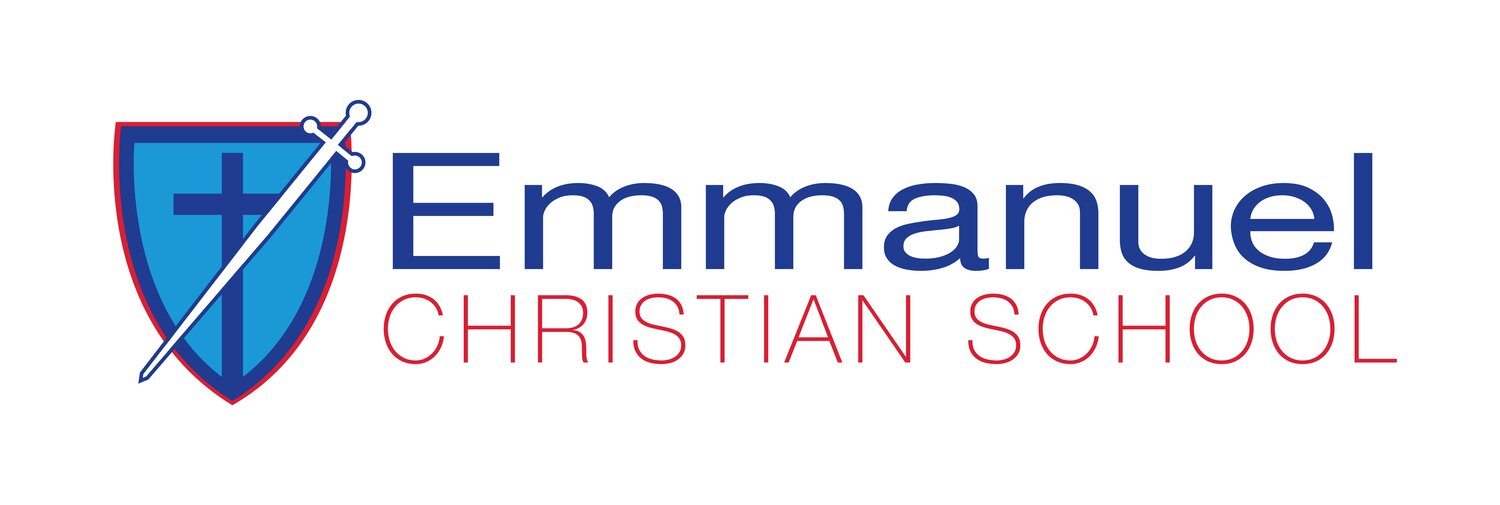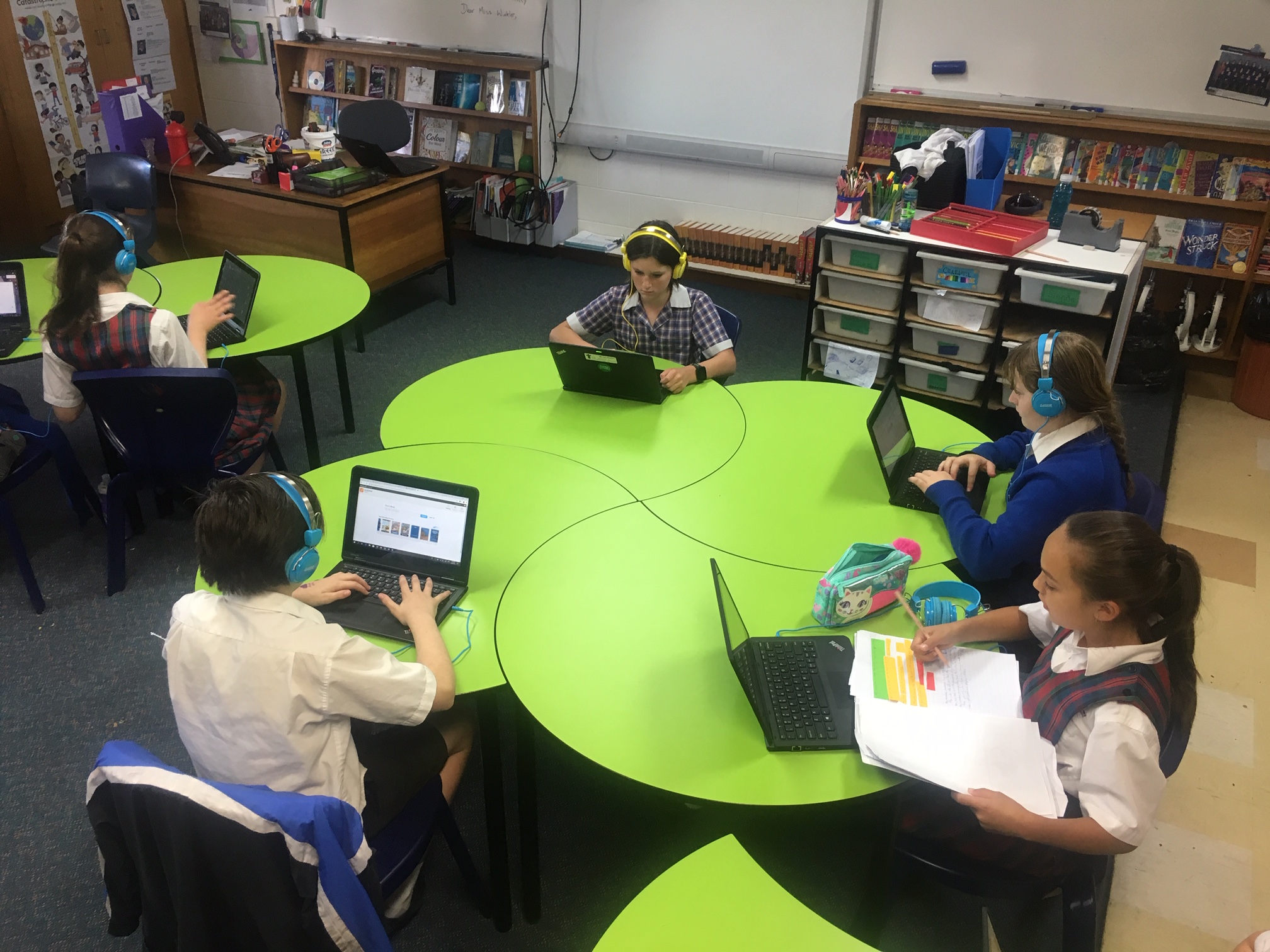“He will be the sure foundation for your times, a rich store of salvation and wisdom and knowledge; the fear of the Lord is the key to this treasure.”
A question I often ask myself when I am thinking about Emmanuel Christian School is, “What next?” Our 40 Year Celebrations are a good time to think about our future with some nostalgia. Our founding principal, Mr Dirk Petrusma, is still passionate about Emmanuel and speaks so joyfully about the school and all that has been accomplished in it by capable staff and committed families.
The Board is committed to seeing Emmanuel Christian thrive and be a leading force in education on the Eastern Shore of greater Hobart and southern Tasmania.
Over the last few years, Emmanuel has been growing in size. We have grown from around 150 students to over 215. This steady growth has been encouraging. We are seeing our community growing and being enhanced by many new families.
We have been growing in maturity, too. Our new Media Crew is an innovative group lead by Mr Drew Roberts covering video, photos, web design and audio. This, on top of Code Club and the robotics and coding done across grades, show how dynamic and rich our learning program is from Kinder to Grade 10. This is a big part of the ‘what next.’
Each year we conduct satisfaction surveys of staff, parents and students. The valuable information supplied has helped with our planning. A good example of our response to these surveys is the Media Crew, where students wanted a student newspaper. This has exploded in size as it has been supported by Mr Drew Roberts and also Mr Brett Galbraith and the Christian Schools Tasmania Marketing team.
A team from CST, Emmanuel and our ever skilled and patient architect are looking at upgrading the Masterplan for Emmanuel. This is an interesting project as we look at refurbishment works at the same time as planning for new works. Our expansive grounds are also being looked at. These are also part of ‘what next.’ The masterplan is addressing needs identified by those of us at school and also referred to in the satisfaction surveys as we strive to provide quality Christian Education.
As a Christian School, as Isaiah 33:6 reminds us, God will be the sure foundation for your times, a rich store of salvation and wisdom and knowledge; the fear of the Lord is the key to this treasure. One thing we can be sure of is that with God as our foundation, Emmanuel Christian School will still be going strong in another 40 years.
Scott Winkler - Principal











